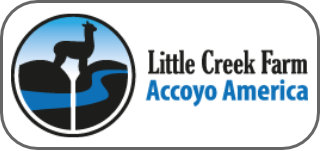Tag: "rumen"
- Gastric Rumen Transfer, aka Transfaunation, is used for ruminants that quit chewing regurgitated food, better known as “cud.” Ruminants, have multiple stomachs. Most ruminants have four compartments: the rumen, reticulum, omasum and abomasum. Alpacas are frequently referred to as pseudo ruminants because they have three compartments: rumen, reticulum, and the abomasum. more »
- Good quality grasses (the pasture is always best), hays and other good “rumen foods” are what the camelid physiology is built for. The major issue we see on farms is overfeeding and fat animals. more »
- Alpacas are members of a family that comprise the old and new world camelids. As a group, they all have very similar digestive systems adapted for digesting lower protein plant materials. They have three gut compartments before the intestines. Humans (primates) have one – the simple stomach. Cows, a true ruminant, have four “stomachs”. Like alpacas, cows are classified as ruminants as they chew their cud. Horses are not ruminants as they lack a rumen and do not chew their cud. more »
- The vitamin thiamine plays a critical role in alpaca health. Thiamine depletion can happen rapidly from a large number of causes and will lead to death unless promptly remedied by the immediate administration of injectable thiamine. Thiamine is inexpensive, but only available by prescription (in the United States) – and every camelid owner should have a bottle from their vet on hand at all times. more »
